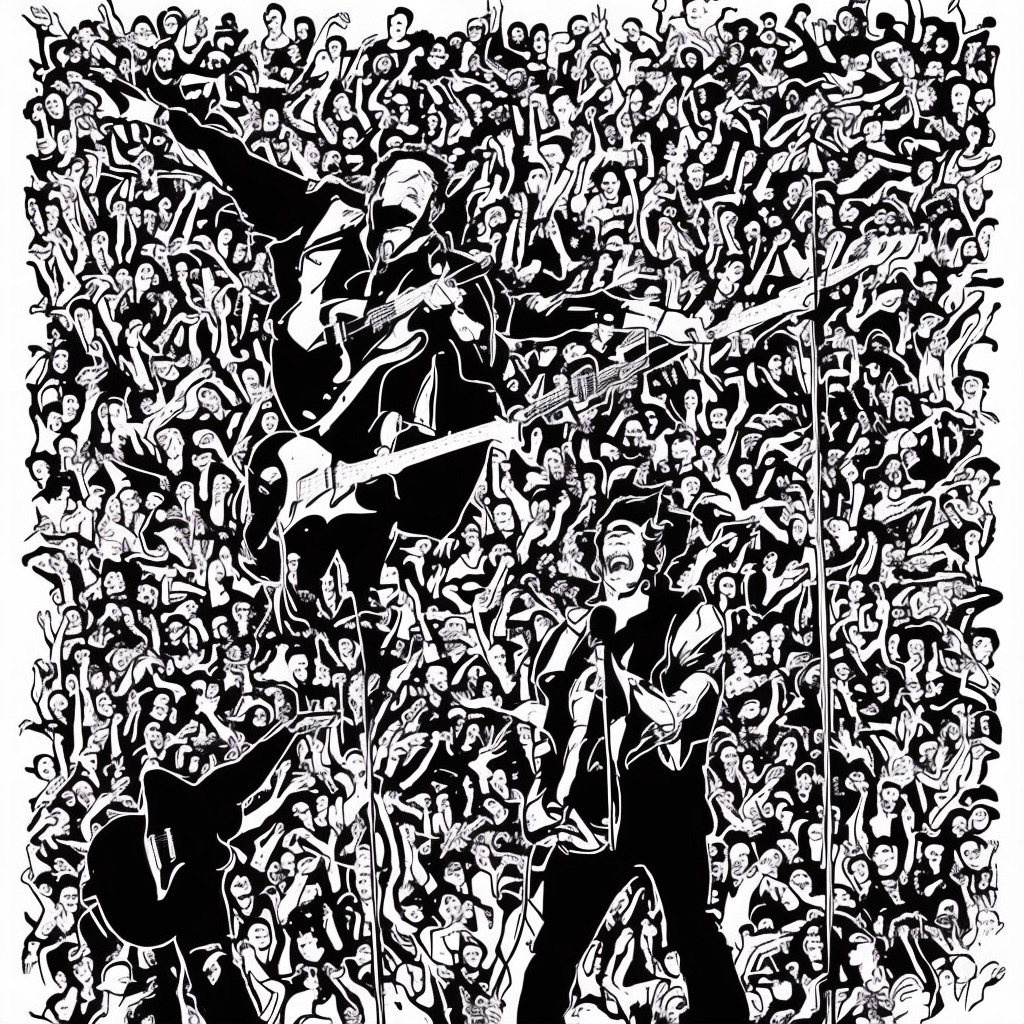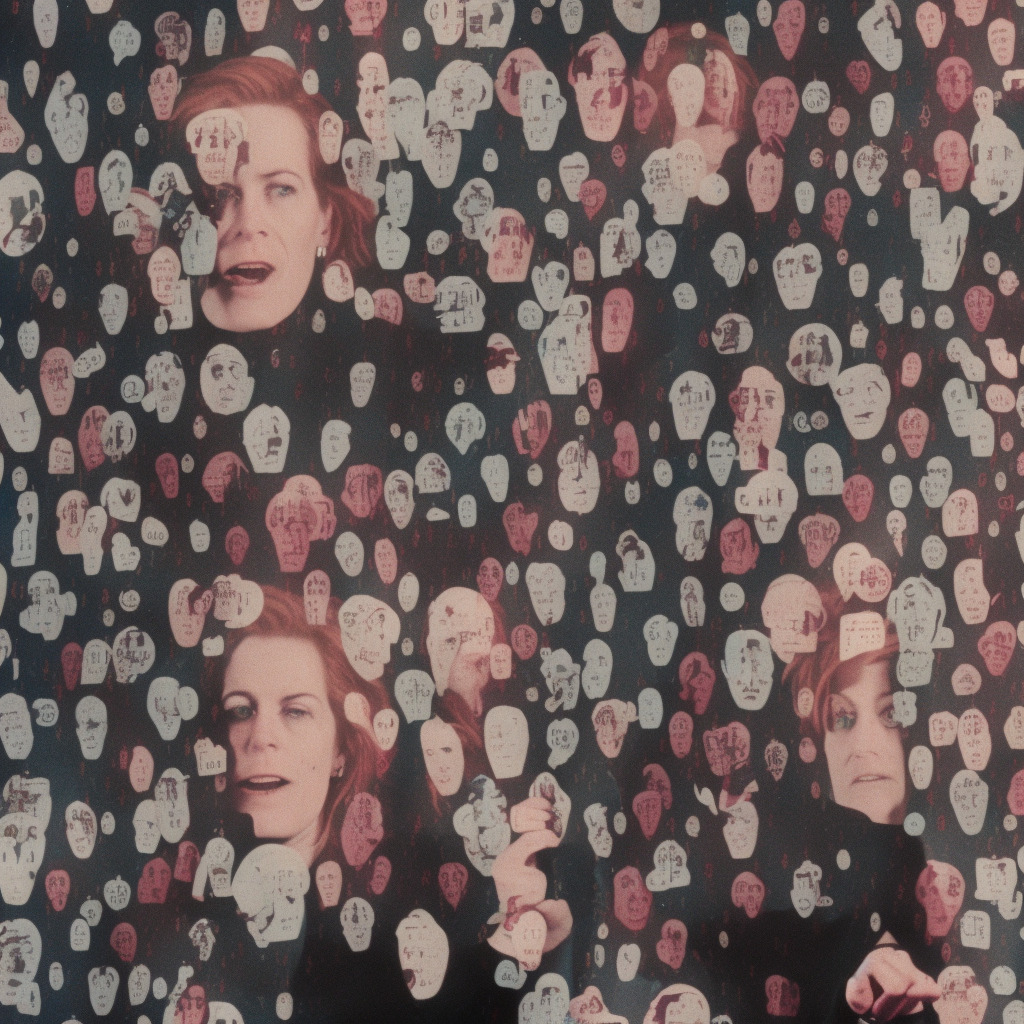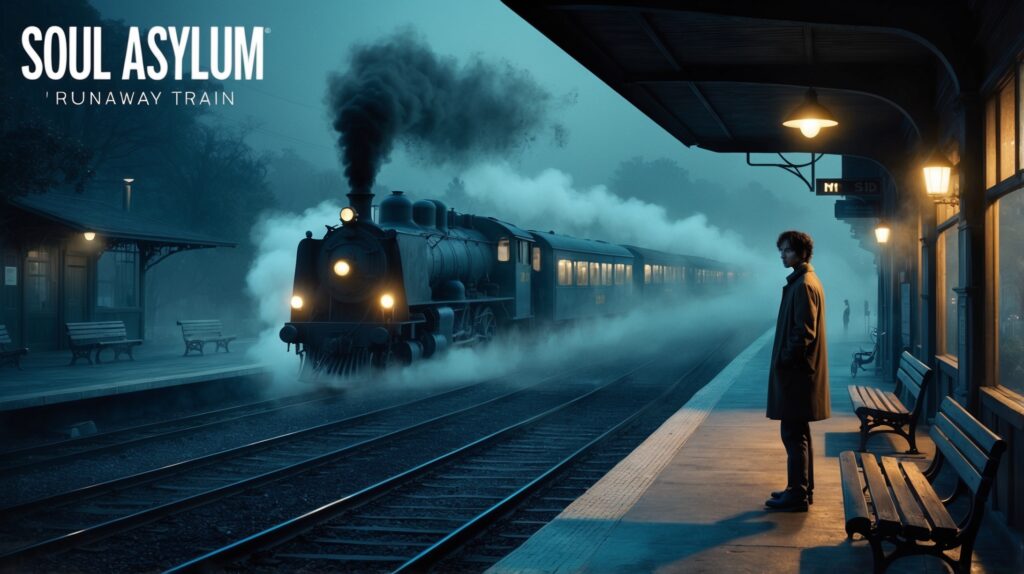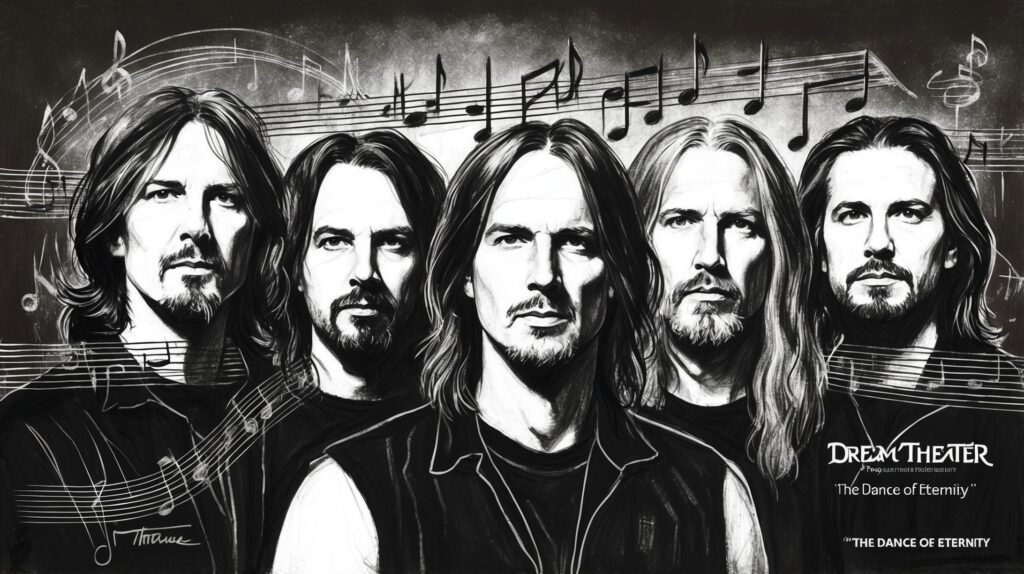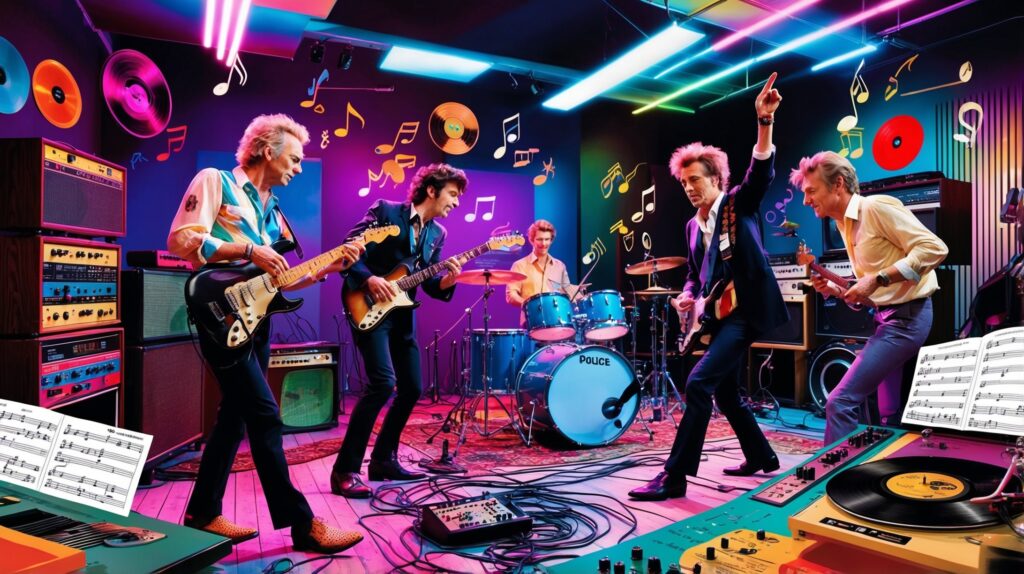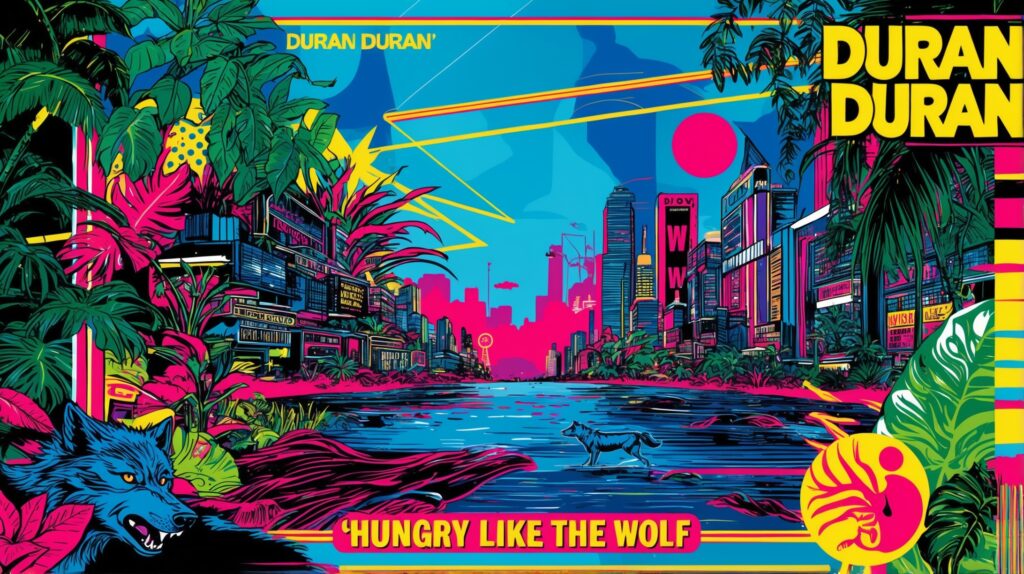A Spotlight on “Dancing in the Dark” by Bruce Springsteen
As one of the most iconic American singer-songwriters, Bruce Springsteen has left an indelible mark on the music landscape. Born in 1949 in New Jersey, Springsteen is also known by his nickname, “The Boss.” With a career spanning over five decades, he has released numerous critically acclaimed albums and won 20 Grammy Awards. Among these impressive works, his song “Dancing in the Dark” from the 1984 album “Born in the U.S.A” stands out as an enduring classic that continues to resonate with listeners today.
“Dancing in the Dark” was Springsteen’s biggest hit and earned him a Grammy Award nomination for Best Rock Vocal Performance in 1985. The song captures the signature elements of Springsteen’s music—raw emotion and relatable lyrics—while giving it an irresistible pop-rock twist. Even though some critics argue that the polished production of the track deviates from his early, grittier sound, there’s no denying the impact this song had on both Springsteen’s career and the music of the 1980s. The iconic music video featuring a young Courteney Cox further cemented “Dancing in the Dark” as a cultural touchstone. As with many great artists, Springsteen’s career has had its share of ups and downs, but “Dancing in the Dark” remains a testament to his enduring talent and ability to capture the essence of American life through his music.
Deconstructing the Musical Magic of “Dancing in the Dark”
“Dancing in the Dark” is an exquisite example of the musical prowess of Bruce Springsteen, intricately woven together to create an unforgettable anthem. The song is written in the key of B major and follows a standard pop structure, featuring an intro, verse, pre-chorus, chorus, and bridge. The chord progression in the verses consists of B, E, and F# major, while the chorus shifts to a pattern of B, D#m, E, and F# major, with a tempo of approximately 149 beats per minute. This progression, with its major chords, lends itself to the uplifting and hopeful nature of the track, despite the frustration and longing expressed in the lyrics.
In terms of instrumentation, the song relies heavily on the use of synthesizers, which give it a distinct 80s sound. The synth riff that plays throughout the song is instantly recognizable and adds a layer of depth to the track. The electric guitar, played by Springsteen himself, is also a key component of the song’s sound, with its iconic riff that complements the synth melody. The drums, played by Max Weinberg, provide a steady beat that drives the song forward and keeps the energy high. Lastly, Springsteen’s powerful and raw vocal performance is the glue that holds everything together, creating an emotionally charged, unforgettable experience for the listener.
The Iconic Music Video: Dancing in the Dark
“Dancing in the Dark” is a pivotal song in Bruce Springsteen’s career, not only for its catchy tune and lyrics, but also for its iconic music video. Directed by Brian De Palma, the esteemed filmmaker behind “Scarface” and “The Untouchables”, the video was shot at the St. Paul Civic Center in Minnesota during the “Born in the U.S.A.” tour in 1984. It features a simple yet effective concept, showcasing Springsteen onstage performing the song, which truly captures the energy, passion, and connection that he shares with his audience.
One of the most memorable moments from the music video is when Springsteen invites a young woman from the audience to join him onstage for an impromptu dance. This young woman turned out to be none other than Courteney Cox, who would later find fame as Monica Geller on the popular TV show “Friends”. At the time, she was a relatively unknown aspiring actress, and her appearance in the music video marked her first big break in the entertainment industry.
The music video for “Dancing in the Dark” was a commercial success, garnering heavy rotation on MTV and helping the song become Springsteen’s biggest hit, peaking at number two on the Billboard Hot 100. In addition, the video won the prestigious Video of the Year award at the first-ever MTV Video Music Awards in 1984, further cementing its status as a classic.
Notably, “Dancing in the Dark” was shot in just one day, with six takes of the song played back-to-back, allowing the audience to enjoy the live performance while remaining authentic to the video’s concept. The video’s budget was relatively low, as it relied largely on the stage setup from Springsteen’s tour, which contributed to its raw and genuine atmosphere.
In the era of elaborately produced music videos with complex storylines and special effects, “Dancing in the Dark” remains a testament to the power of simplicity and authenticity. The connection between Springsteen and his fans, as well as the unforgettable appearance of a young Courteney Cox, make this music video an enduring piece of pop culture history.
The Genius Behind “Dancing in the Dark”
Born with an innate talent for storytelling through music, Bruce Springsteen has been captivating audiences worldwide for over four decades. As the composer of the hit song “Dancing in the Dark,” he has demonstrated his ability to create powerful and relatable melodies time and time again. Springsteen’s prowess as a composer is evident in other notable songs as well, such as “Born to Run,” “Thunder Road,” and “Born in the U.S.A.” Each of these tracks showcases his distinct narrative style and his keen understanding of the human experience. While he may be best known as “The Boss,” it’s his exceptional songwriting skills that truly set him apart from his contemporaries.
Decoding the Lyrics of “Dancing in the Dark”
I get up in the evening, and I ain’t got nothing to say
I come home in the morning, I go to bed feeling the same way
I ain’t nothing but tired, man I’m just tired and bored with myself
Hey there baby, I could use just a little help
You can’t start a fire, can’t start a fire without a spark
This gun’s for hire, even if we’re just dancing in the dark
Messages keep getting clearer, radio’s on and I’m moving ’round the place
I check my look in the mirror, want to change my clothes, my hair, my face
Man, I ain’t getting nowhere, I’m just living in a dump like this
There’s something happening somewhere, baby I just know that there is
You can’t start a fire, you can’t start a fire without a spark
This gun’s for hire, even if we’re just dancing in the dark
“Dancing in the Dark” is not just a catchy tune, but a song that captured the spirit of a time when people were searching for personal meaning and grappling with societal apathy in the early 1980s. The lyrics, penned by Bruce Springsteen, express a sense of frustration, longing, and desire for change. It was a time when the world was transitioning from the disco era to a more somber, introspective period, and this song encapsulates that shift perfectly.
In the lyrics, the protagonist is feeling stuck in a rut, “tired and bored with himself.” He longs for a spark to ignite a fire in his life, seeking something more than the mundane existence he’s trapped in. The lines “I check my look in the mirror, want to change my clothes, my hair, my face” point to a dissatisfaction with one’s appearance and a yearning for a physical transformation to break free from this monotonous life.
The line “this gun’s for hire, even if we’re just dancing in the dark” reflects the desperation of someone willing to do whatever it takes to find that spark, even if it means taking on a dangerous or risky venture. The phrase “dancing in the dark” has a double meaning, representing both literal dancing in a club and the metaphorical dance of life, moving through the struggles and challenges we face in our search for meaning and happiness.
The popularity of “Dancing in the Dark” in the 1980s highlights the resonance of its themes with the era’s societal mood. People were searching for an escape from their humdrum lives, looking for ways to reignite their passions and find a sense of purpose. The song’s relatable lyrics and infectious melody struck a chord with listeners, making it a timeless anthem that continues to inspire people today.
Accolades, Appearances and Renditions: The Legacy of “Dancing in the Dark”
“Dancing in the Dark” is no stranger to recognition and accolades. As the lead single from Bruce Springsteen’s “Born in the U.S.A.” album, the song became the band’s highest-charting hit on the Billboard Hot 100, where it peaked at No. 2. The track was also nominated for Record of the Year, Best Rock Vocal Performance (Male) and Best Rock Song at the 27th Annual Grammy Awards. Additionally, it took home the MTV Video Music Award for Best Male Video in 1985, thanks in part to the iconic music video featuring a young Courteney Cox dancing on stage with Springsteen.
Over the years, “Dancing in the Dark” has found its way into various forms of media. It was notably featured in the 1984 movie “Streets of Fire” and has also made appearances in TV shows like “Miami Vice” and “Cold Case.” In 2020, the song was included in the soundtrack for the video game “Tony Hawk’s Pro Skater 1 + 2.” As for cover versions, numerous artists have tried their hand at this Springsteen classic. Indie band Hot Chip gave the song an electronic twist in 2006, while singer-songwriter Tegan and Sara released an acoustic rendition in 2011. Even the legendary Amy Winehouse performed a live soulful version of the track in 2007. These various interpretations of “Dancing in the Dark” only serve to highlight the song’s continued legacy and enduring appeal.
A Soaring Success: Charting the Journey of “Dancing in the Dark”
Released on May 4, 1984, “Dancing in the Dark” became an instant hit and an essential driving force in Bruce Springsteen’s prolific career. The infectious melody and impassioned lyrics resonated with audiences worldwide, propelling the single to remarkable heights on various music charts.
Initially entering the Billboard Hot 100 chart on May 26, 1984, at number 36, “Dancing in the Dark” rapidly climbed the ranks. It reached its peak position on the chart at number 2 on June 30, 1984, where it stood for four consecutive weeks. Despite its undeniable popularity, it was unable to dethrone Duran Duran’s “The Reflex” and Prince’s “When Doves Cry,” which held the number 1 spot during its run.
Beyond its success on the Hot 100, “Dancing in the Dark” also shined on other Billboard charts. It secured the number 1 spot on the Top Rock Tracks chart for six weeks and held the number 7 position on the Adult Contemporary chart.
Internationally, the single experienced impressive chart success, entering the top 10 in numerous countries. It reached number 4 in the United Kingdom, number 2 in Canada, number 5 in Australia, and number 4 in both Ireland and New Zealand.
The accolades didn’t stop there. “Dancing in the Dark” earned a nomination for Record of the Year at the 1985 Grammy Awards, ultimately losing to Tina Turner’s “What’s Love Got to Do with It.” Nonetheless, the single’s impact on both the charts and the industry is indisputable.
The song’s success also extended to its iconic music video, directed by Brian De Palma and featuring a young Courteney Cox. The video won the MTV Video Music Award for Best Stage Performance in a Video in 1985, further solidifying the single’s legacy.
As one of the standout tracks from the critically acclaimed album “Born in the U.S.A.,” “Dancing in the Dark” remains a testament to Bruce Springsteen’s timeless appeal and enduring influence on the music world.
Did you know? 💡 “Dancing in the Dark” was penned by #BruceSpringsteen in a single night after his manager demanded a hit 🌙🎶 It sure did light up the charts! 🌟 #TheBoss #80sMusicTrivia #FunFact
Click to Tweet

